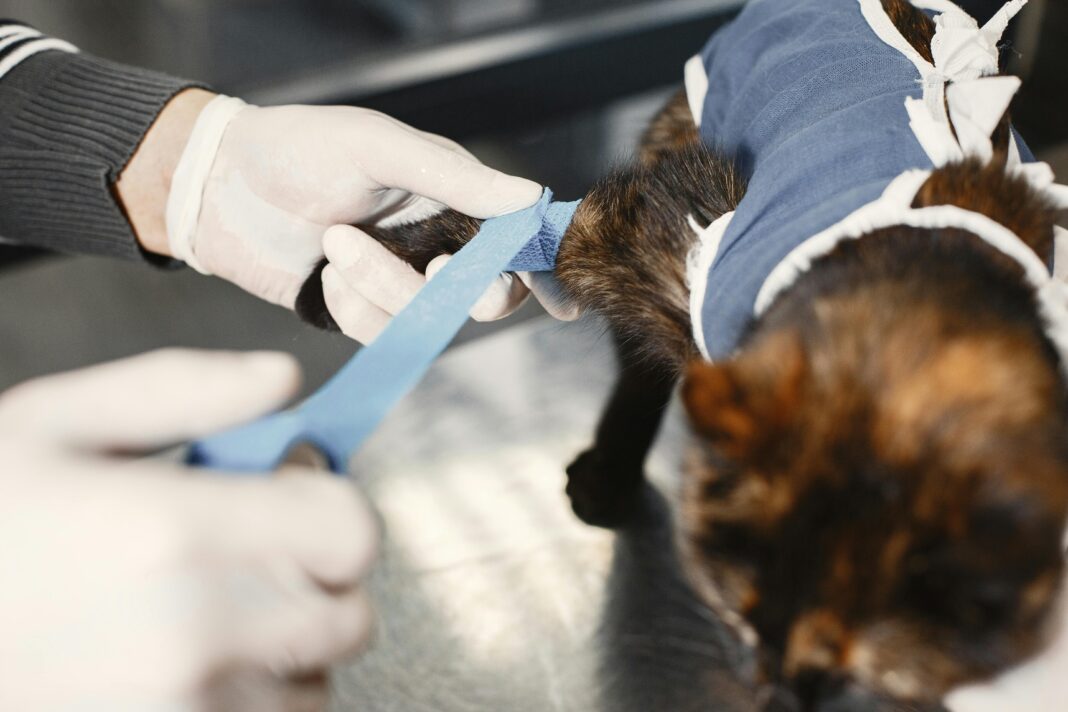Crate training is a valuable tool for pet owners, promoting not only a happy and well-adjusted dog but also benefiting your living environment. In this article, we’ll explore 10 essential tips for crate training, focusing on pet health care and behavioral aspects, to ensure you and your furry friend have the best experience possible.
1. Choose the Right Crate
Selecting the appropriate crate is the first step in successful crate training. Make sure the crate is spacious enough for your dog to stand, turn around, and lie down comfortably. Tip: If you’re unsure, refer to breed size recommendations and opt for a crate that accommodates your dog’s growth if they’re still a puppy.
2. Introduce the Crate Gradually
Introduce your dog to the crate slowly to make it a positive experience. Leave the door open and allow them to explore at their own pace. Begin by placing treats, toys, or a cozy blanket inside to entice them. This gradual introduction helps reduce anxiety and encourages a sense of safety within the crate.
3. Use Positive Reinforcement
Positive reinforcement is a powerful training tool. Whenever your dog enters the crate, praise them with a cheerful tone, offer treats, or pet them gently. Example: Say “good job!” and reward them when they go in voluntarily. This creates positive associations with the crate, making your dog more likely to see it as a safe space.
4. Establish a Routine
Dogs thrive on routine. Establish a consistent schedule for crate time, including feeding, potty breaks, and playtime. This predictability helps your dog understand when they can expect crate time and when to relate it to relaxation or sleep.
5. Keep it Comfortable
Make the crate a cozy and inviting space. Use comfortable bedding and consider adding a safe chew toy to keep them occupied. Ensure the crate is in a quiet area of your home where your dog can rest undisturbed. Tip: Rotate toys to keep the crate interesting for your dog.
6. Gradually Increase Crate Time
As your dog becomes more comfortable, gradually increase the duration they stay in the crate. Start with short periods, like 10-15 minutes, and slowly work up to longer durations. This training helps them build confidence and reduces the likelihood of anxiety during longer stays.
7. Avoid Using the Crate as Punishment
Using the crate for punishment can create fear and anxiety associated with it. Instead, think of the crate as a safe haven rather than a place of exile. If your dog misbehaves, redirect them to appropriate behaviors instead of sending them to the crate as a consequence.
8. Be Mindful of Signs of Distress
Keep an eye on your dog’s behavior in the crate. If they exhibit signs of distress—like excessive barking, whining, or scratching—check to see if they’re comfortable, need a bathroom break, or if the crate is too small. Address any issues promptly to keep the crate a positive environment.
9. Train for Short Absences First
Before leaving your dog alone for extended periods, practice with short, controlled absences. Leave your home for just a few minutes and gradually increase the time you’re gone. This helps your dog learn that you’ll come back and reduces separation anxiety.
10. Continue the Crate Training Journey
Crate training doesn’t end once your dog is comfortable. Incorporate crate time into daily routines even after the initial training phase. This could mean having them enter the crate during mealtimes or when you’re busy with household chores. Maintaining this routine can aid in keeping your dog well-adjusted and content.
By following these essential crate training tips, you can help your dog become a well-adjusted member of your family. Remember, patience, consistency, and love are key in this journey. Your furry friend will soon view their crate as a sanctuary, benefiting both their well-being and your peace of mind.





